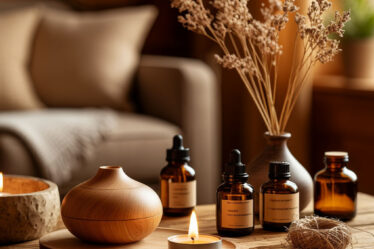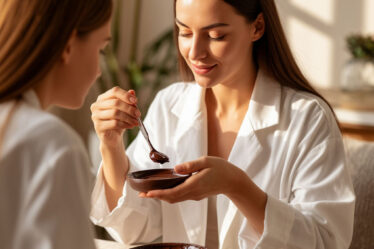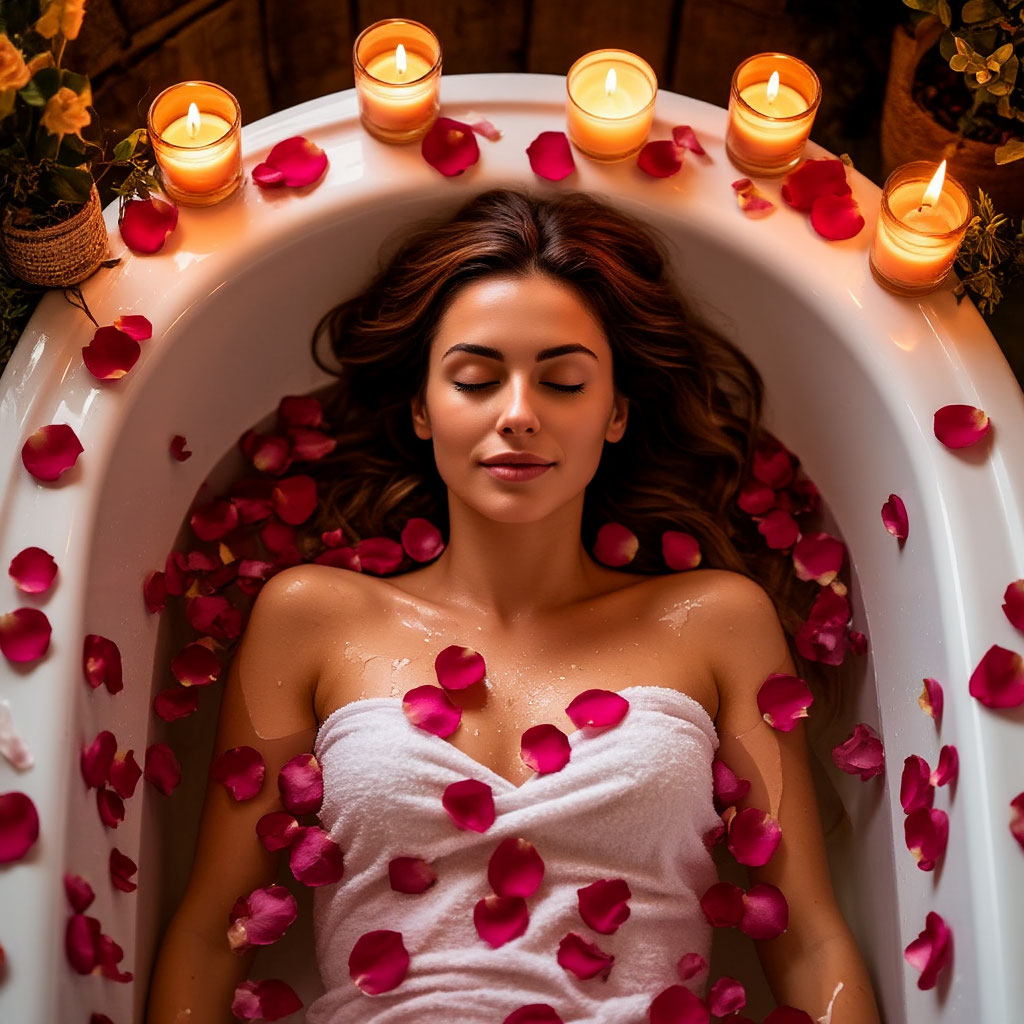
Imagine how after a long day you are immersed in warm water, and the gentle aroma of lavender or citrus spreads around you… Aromatic baths are not just a pleasant ritual, but a real therapy for the body and soul. They help to relieve stress, improve mood and take care of the skin. And the best part is that they are easy to make at home, using natural oils and simple ingredients. What do beginners need to know: from choosing oils to step-by-step recipes?
Starting with aroma baths? We prepared a Beauty Club mini-brochure with clear dilution rules, safe bases (milk, honey, carrier oil), starter blends, and a simple routine. You’ll find a PDF download at the end of this article to save and print.
What is an aromatic bath?
Aromatic baths are a ritual that turns ordinary water into a source of pleasure and benefit. They combine the power of hydrotherapy and aromatherapy to create the ultimate spa experience at home. Unlike a simple immersion in warm water, this procedure affects all the senses, helping to relax, restore strength or, conversely, recharge your energy.
How do scented baths work?
When a person is immersed in water with essential oils, their body reacts on several levels at once. The warm liquid relieves muscle tension, and the evaporating aromatic molecules enter the respiratory tract, affecting the nervous system. This dual effect makes the essential oil bath a powerful tool for managing emotions and well-being.
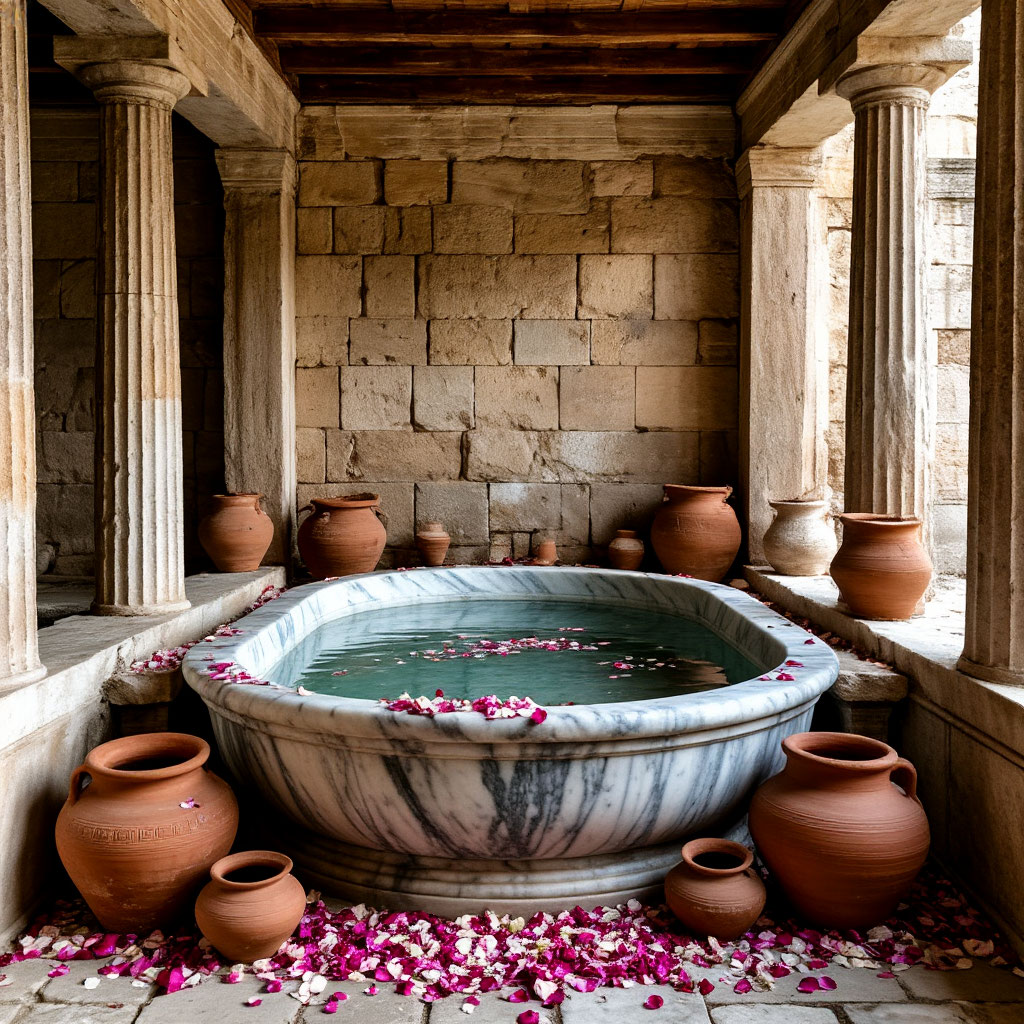
From ancient to modern times
The use of scents in water is a practice known since Ancient Egypt and Rome. Cleopatra took milk baths with rose petals, and Roman patricians enjoyed bathing with herbs and spices. Today, a spa bath at home is available to everyone – just add a few drops of natural oils, and an ordinary bathroom will turn into an oasis of relaxation.
How does it differ from regular bathing?
Just lying down in warm water is nice, but the effect passes quickly. An aromatic bath works deeper: properly selected oils can relieve anxiety, improve sleep, or help with a mild cold. This is not just a hygienic procedure, but a full-fledged relaxing procedure that allows you to take care of both the body and the psyche.
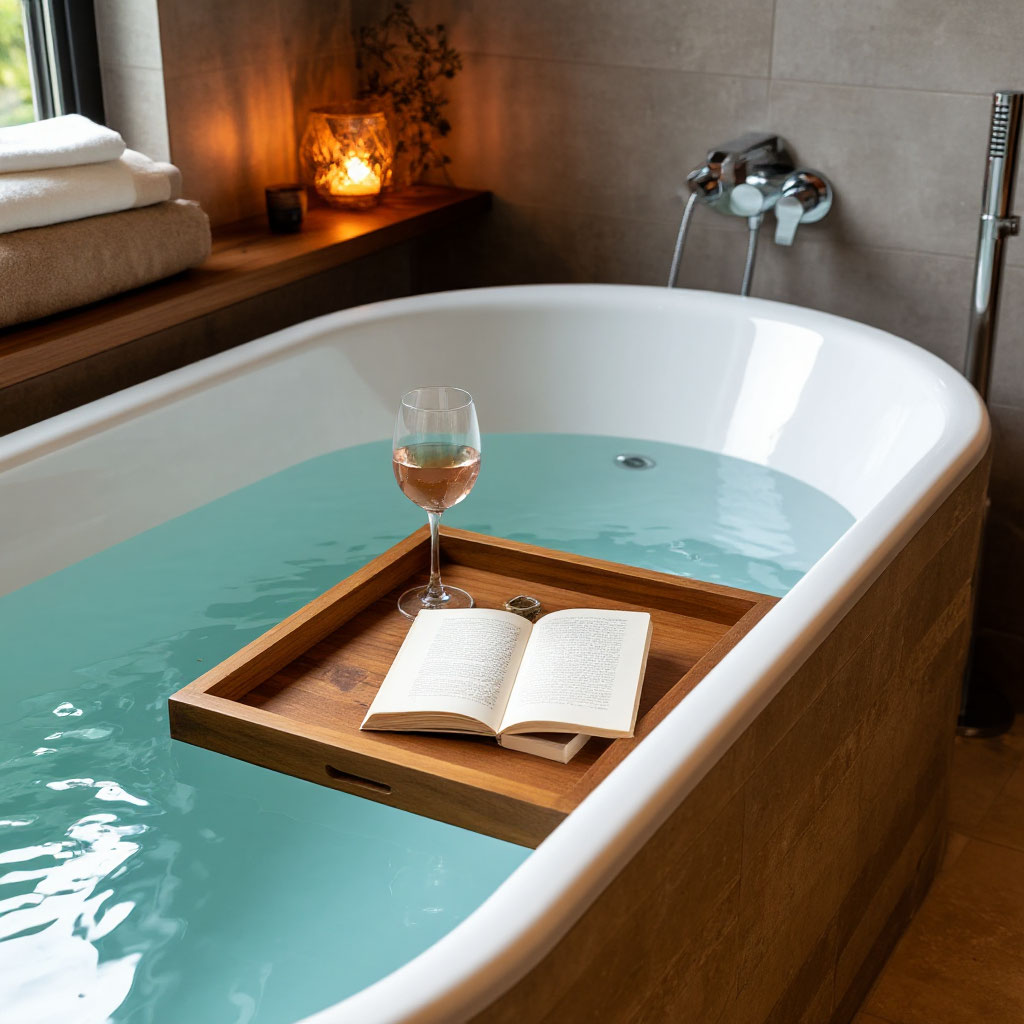
Who can use this practice?
Those who want to relieve stress after a hard day, athletes for muscle recovery, lovers of skin care or just lovers of small pleasures. A recovery bath is a universal way to take care of yourself at no extra cost. It remains to choose the right oils and follow simple rules.
What oils are suitable for a bath?
When creating the perfect aromatic bath, you need to understand the difference between essential and base oils. The first are concentrated plant extracts that cannot be applied to the skin in their pure form. They are responsible for the aroma and therapeutic effect. The second is fatty oils (olive, coconut, almond) that soften the skin and help dissolve esters. For a full spa bath at home, combine both types.
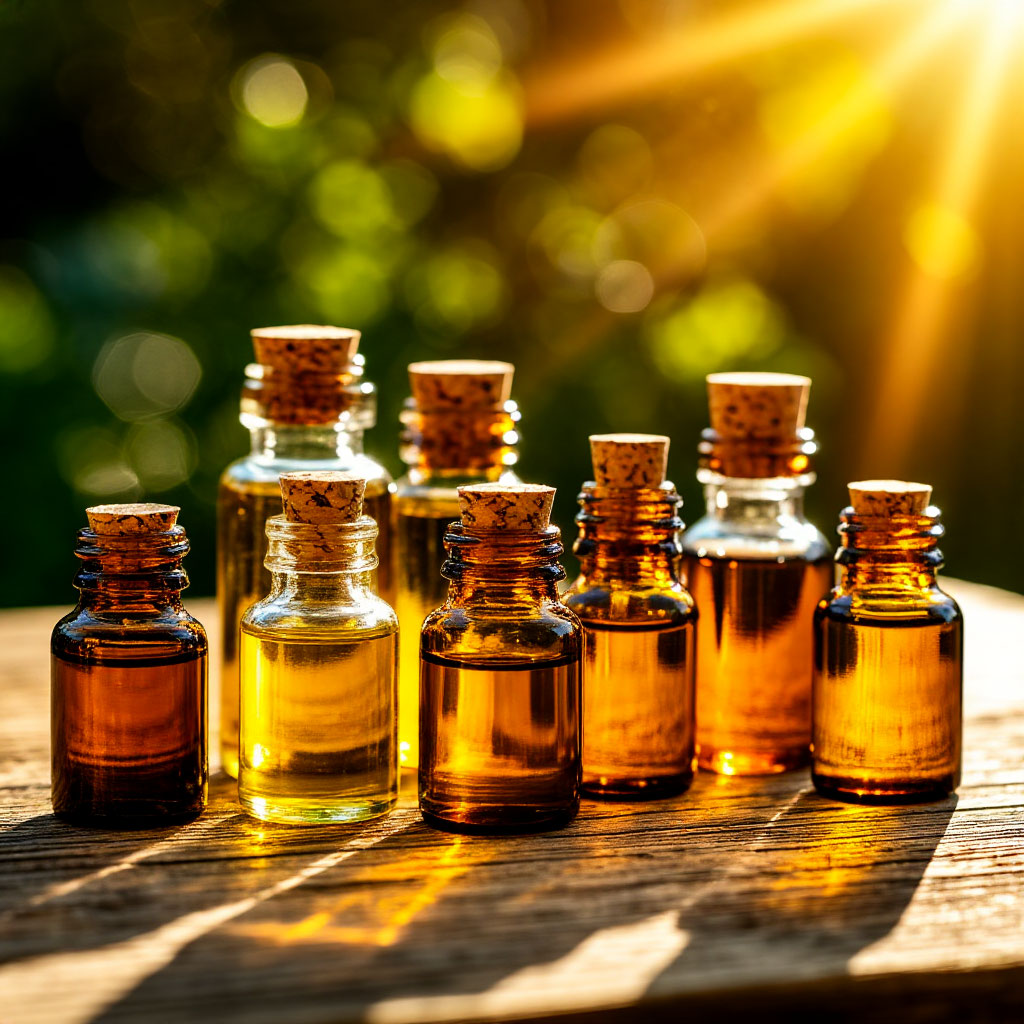
Top 5 essential oils for different purposes
- Lavender is the queen of relaxing treatments. Relieves stress, calms the nervous system and prepares for bed.
- Orange-invigorates, improves mood and helps to fight the blues.
- Mint-cools, relieves headaches and tones the tired body.
- Chamomile — gently soothes the skin, relieves irritation and inflammation.
- Eucalyptus — cleanses the respiratory tract, ideal for a bath to recover from a cold.
How to mix the ingredients correctly?
Essential oils do not dissolve in water, so they must first be diluted in an emulsifier. Will fit:
- Milk (1/2 cup per bath) – softens the skin and creates a pleasant texture.
- Sea salt (2-3 tablespoons) – enhances the detox effect.
- Honey (1 tablespoon) – moisturizes and helps the oil to spread evenly.
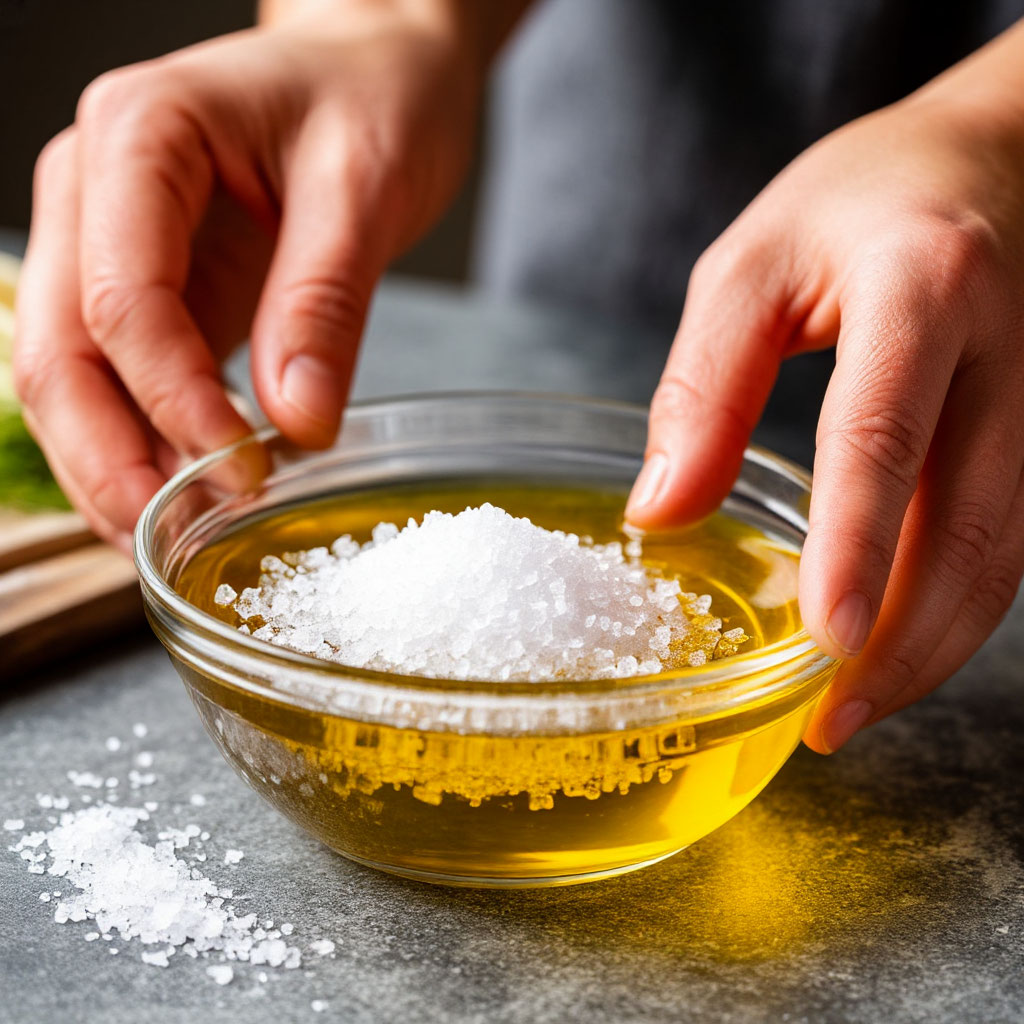
Security measures
Aromatic baths are a pleasant, but unsafe procedure for an illiterate approach. Do not add more than 5-7 drops of essential oil at a time — this can cause irritation. Pregnant women should avoid rosemary, sage, and juniper oils. Before the first application, it is better to make a test: apply a drop of diluted oil on the wrist and wait 15 minutes.
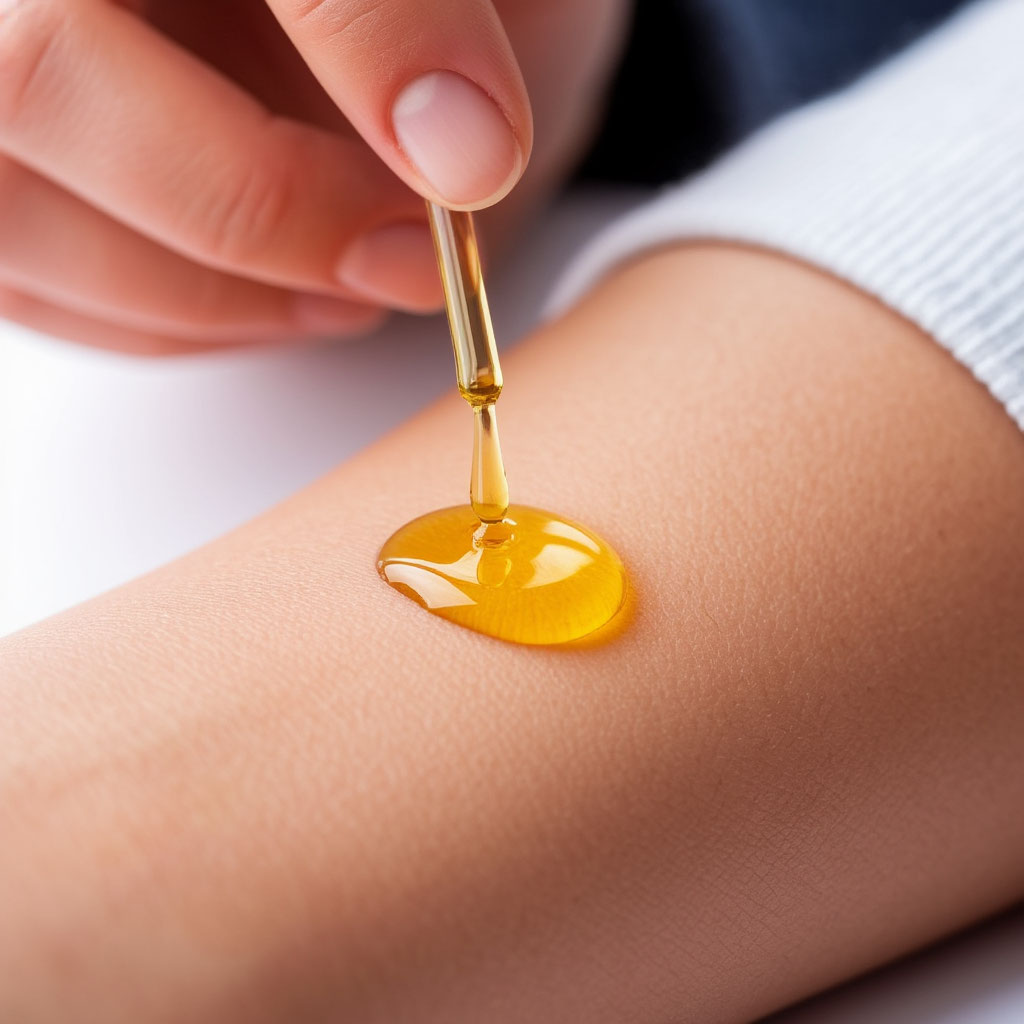
Combinations that work
To enhance the effect, you can combine oils:
- Lavender + ylang-ylang — deep relaxation.
- Lemon + rosemary — a boost of energy.
- Tea tree + lavender — antiseptic bath with essential oils for problem skin.
Step-by-step procedure preparation
Before you plunge into the aromatic baths, you should take care of the right environment. Muted lights, candles and soothing music will help you tune in for relaxing treatments. The bathroom should be warm, without drafts — this will make the spa bath at home really comfortable.
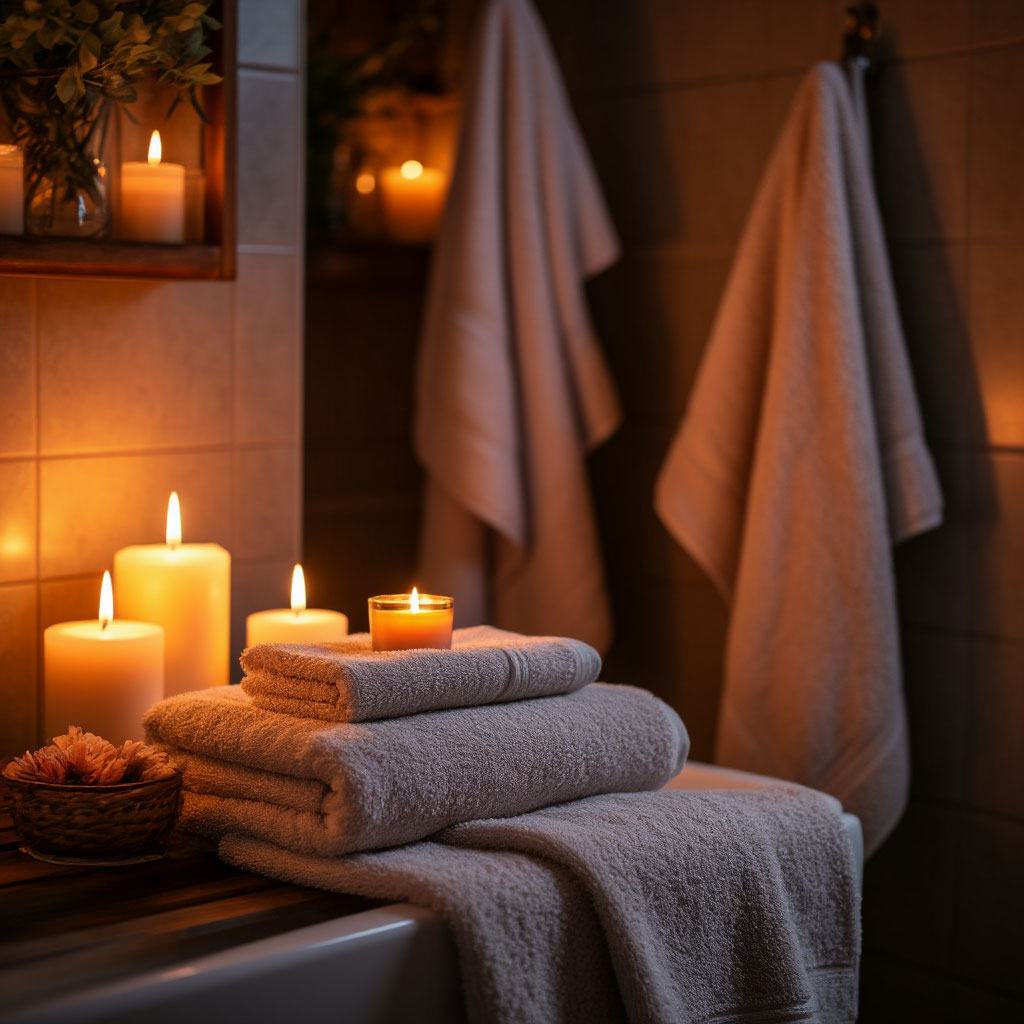
Water treatment: temperature and time
The optimal temperature for an aromatic bath is 36-38 degrees. Too hot water dries out the skin, and cool water will not allow the oils to fully open. The procedure usually lasts 15-25 minutes – this is enough for a therapeutic effect, but it will not cause overheating. For a bath to recover from physical exertion, you can make the water slightly warmer (up to 40 degrees).
Preparing the body before the procedure
To get the most out of a bath with essential oils, you should take a shower with a mild scrub. This will remove dead skin cells and prepare the body for better absorption of nutrients. Collect your hair so that it does not interfere with the enjoyment of the process.
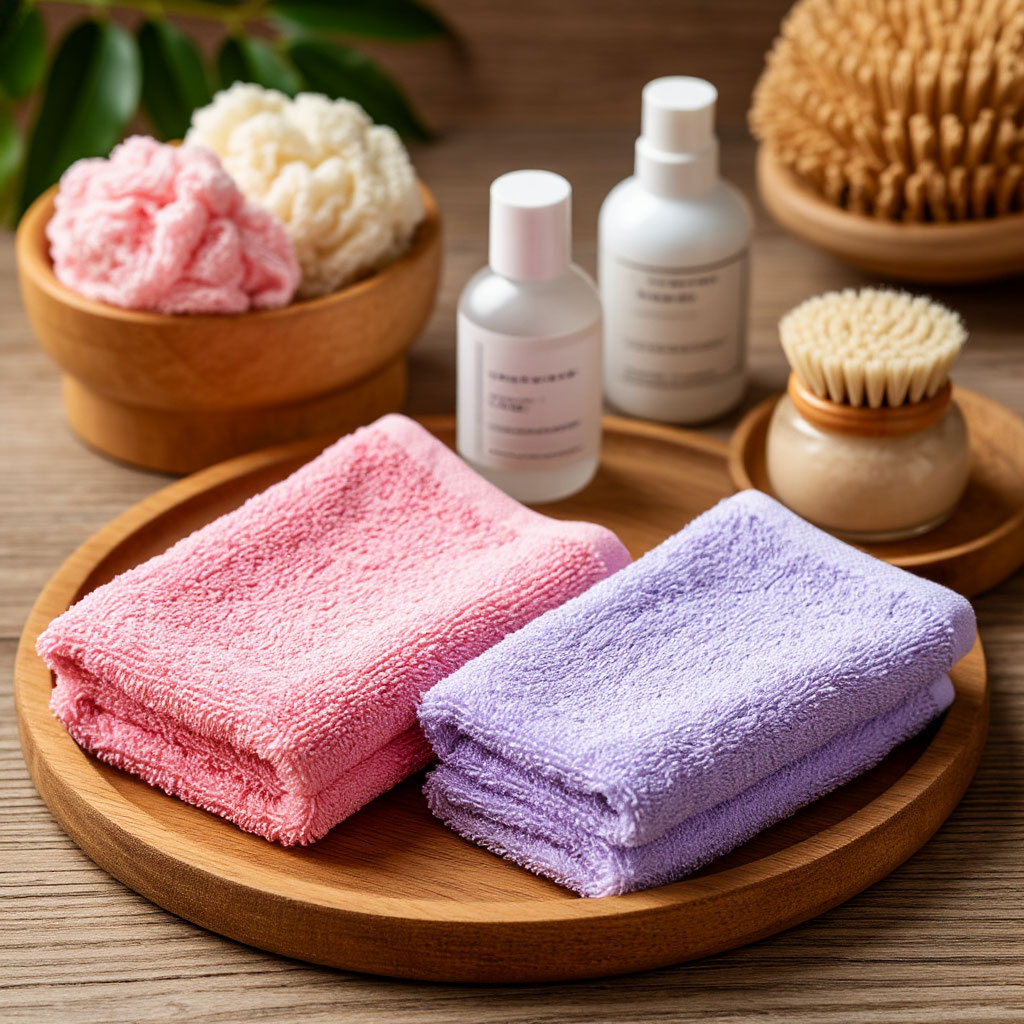
Perfect helpers for oils
To ensure that the oils are evenly distributed in the water, you can use:
- Oat flakes (a handful) that will create a delicate texture.
- Natural yogurt (100 ml) for a softening effect.
- Clay (2 tablespoons) with detoxifying properties.
Sequence of adding components
First, fill the bath with water of the desired temperature, then add an essential oils previously dissolved in the emulsifier. Stir by hand for even distribution. Last of all, you can add flower petals or herbs for an additional spa effect.
After aromatic baths, do not rinse under the shower – this will preserve the beneficial properties of oils on the skin. Pat your body with a soft towel and apply a moisturizing lotion. To prolong the relaxation effect, it is recommended to wear a bathrobe and drink herbal tea.
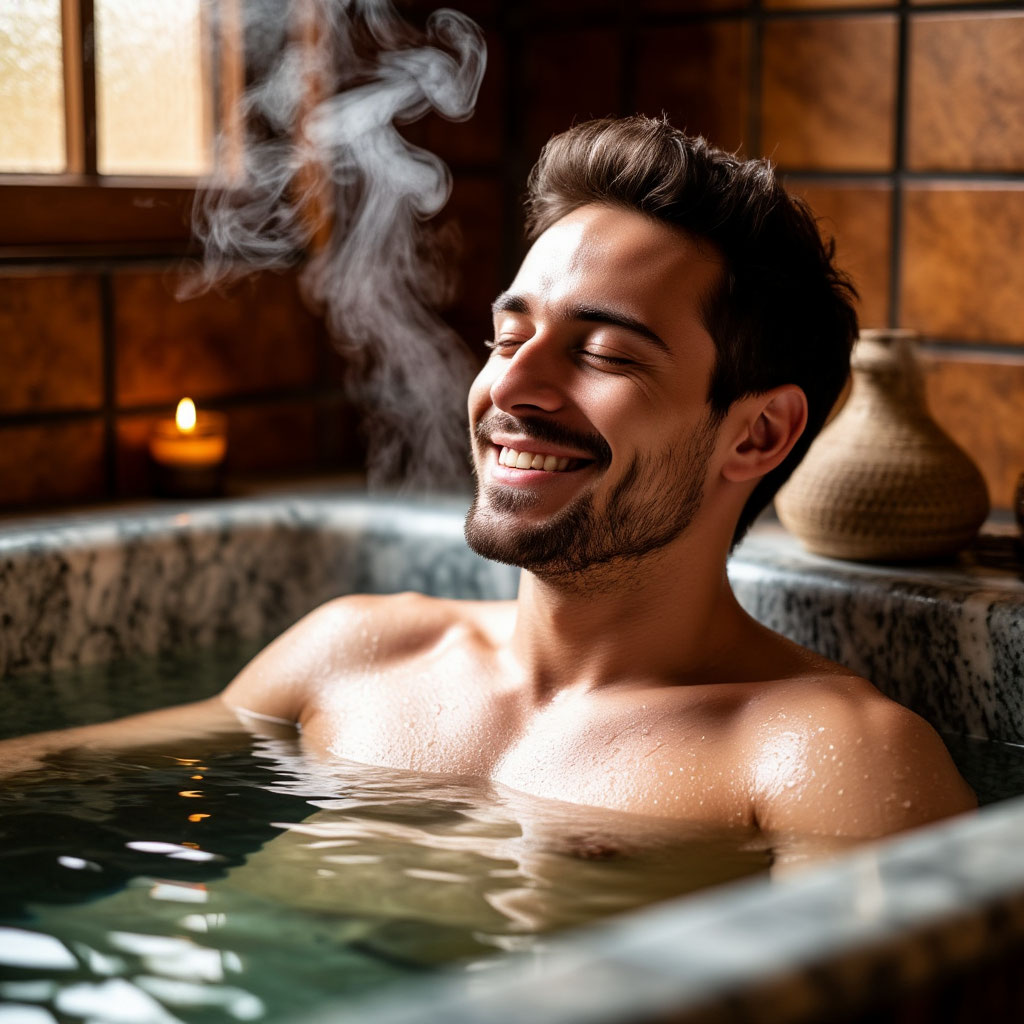
Impact on mood and health
Aromatic baths have a complex effect on the body, going far beyond the usual bathing. Essential oil molecules enter the bloodstream through the skin and respiratory tract, triggering biochemical processes. A bath with essential oils becomes a kind of bridge between the physical and emotional state.
Anti-stress effect: How does it work?
During relaxing treatments with the right scents, cortisol levels in the body are reduced. Lavender, chamomile and ylang-ylang stimulate the production of serotonin, helping to fight anxiety. Just 20 minutes of spa baths at home can replace a meditation session, restoring peace of mind.
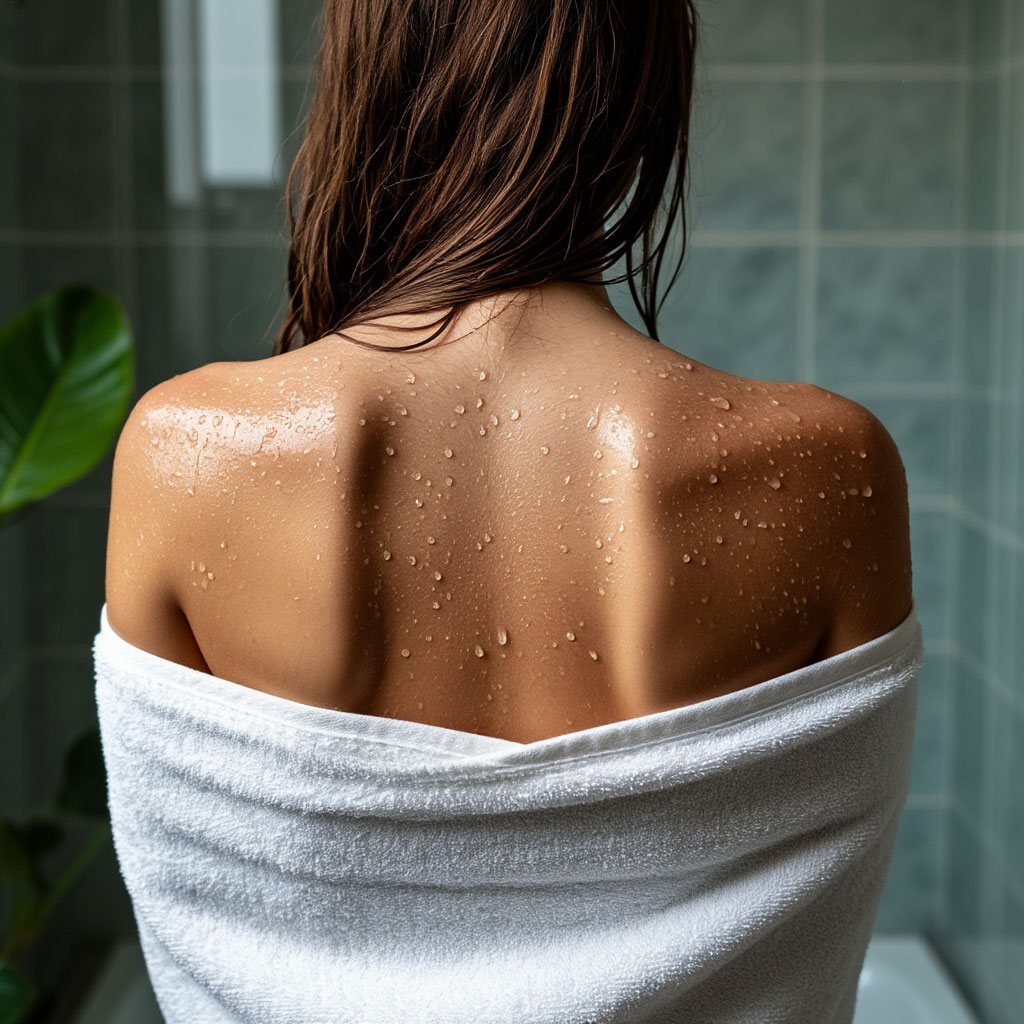
Physiological benefits
Regular aromatic baths improve blood microcirculation, promote the elimination of toxins and relieve muscle clamps. For athletes, the juniper and rosemary recovery bath accelerates tissue regeneration after intense workouts. Warm water with eucalyptus oil makes it easier to breathe when you have a cold.
Cosmetic effect
Natural ingredients in aromatic baths nourish the skin at the cellular level. Rosehip oil smoothes fine wrinkles, tea tree fights inflammation, and geranium normalizes the sebaceous glands. Unlike store-bought products, such procedures do not contain aggressive chemical additives.
Effects on sleep
Evening sessions with lavender or vanilla help you fall into a deep sleep faster. Warm water lowers body temperature after going out, which is a natural signal for the body to go to sleep. Many people note that after regular spa treatments at home, the regime is normalized and the quality of rest improves.
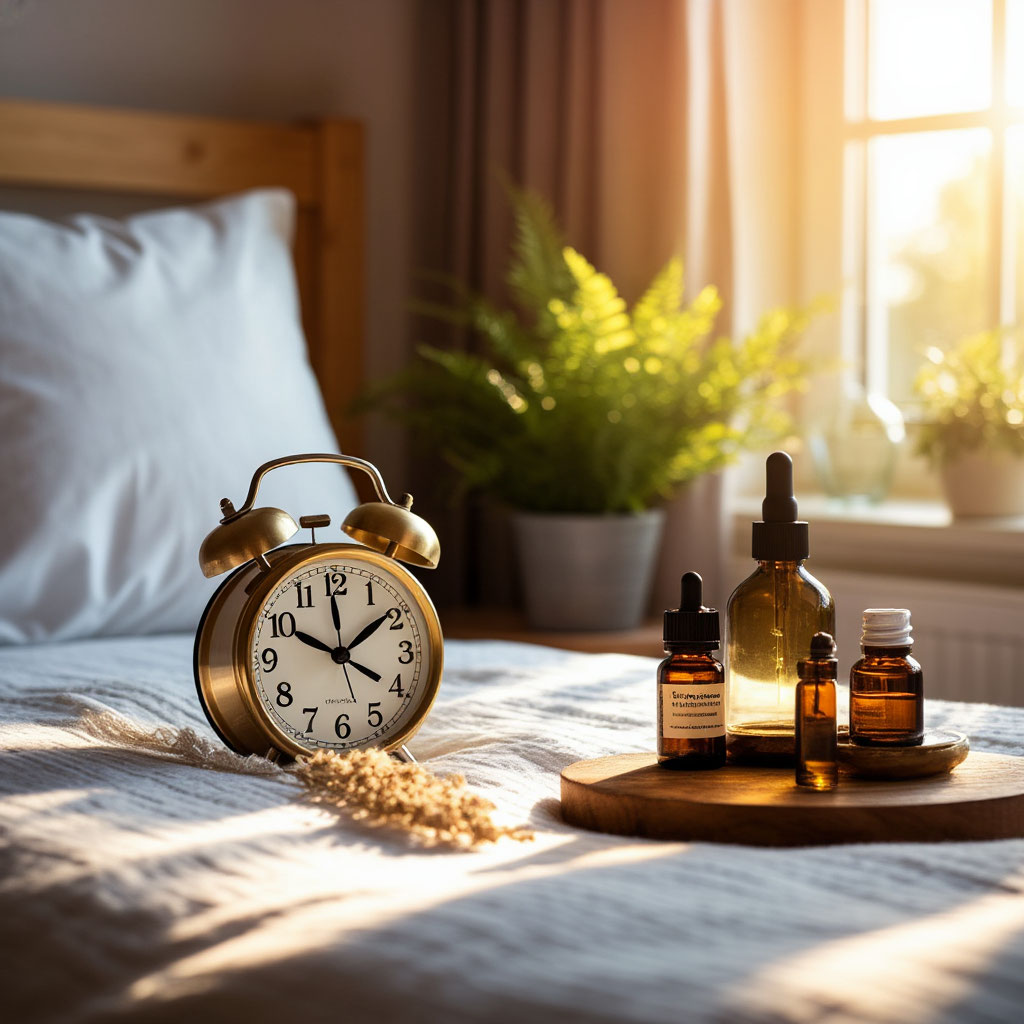
Energy recharge
Citrus and coniferous aromas act as natural energizers. A bath with essential oils of lemon, grapefruit or fir invigorates better than coffee, while not causing a rapid heartbeat. These relaxing treatments are especially good in the morning, helping you wake up and get ready for a productive day.
Scented Bath Recipes
For those who want to relieve tension after a hard day, a bath with lavender essential oils is ideal. For a standard volume of water, add 4 drops of lavender oil dissolved in a tablespoon of honey. The temperature should not exceed 37 degrees – this relaxing procedure prepares the body for sleep, relieves anxiety and soothes irritated skin.
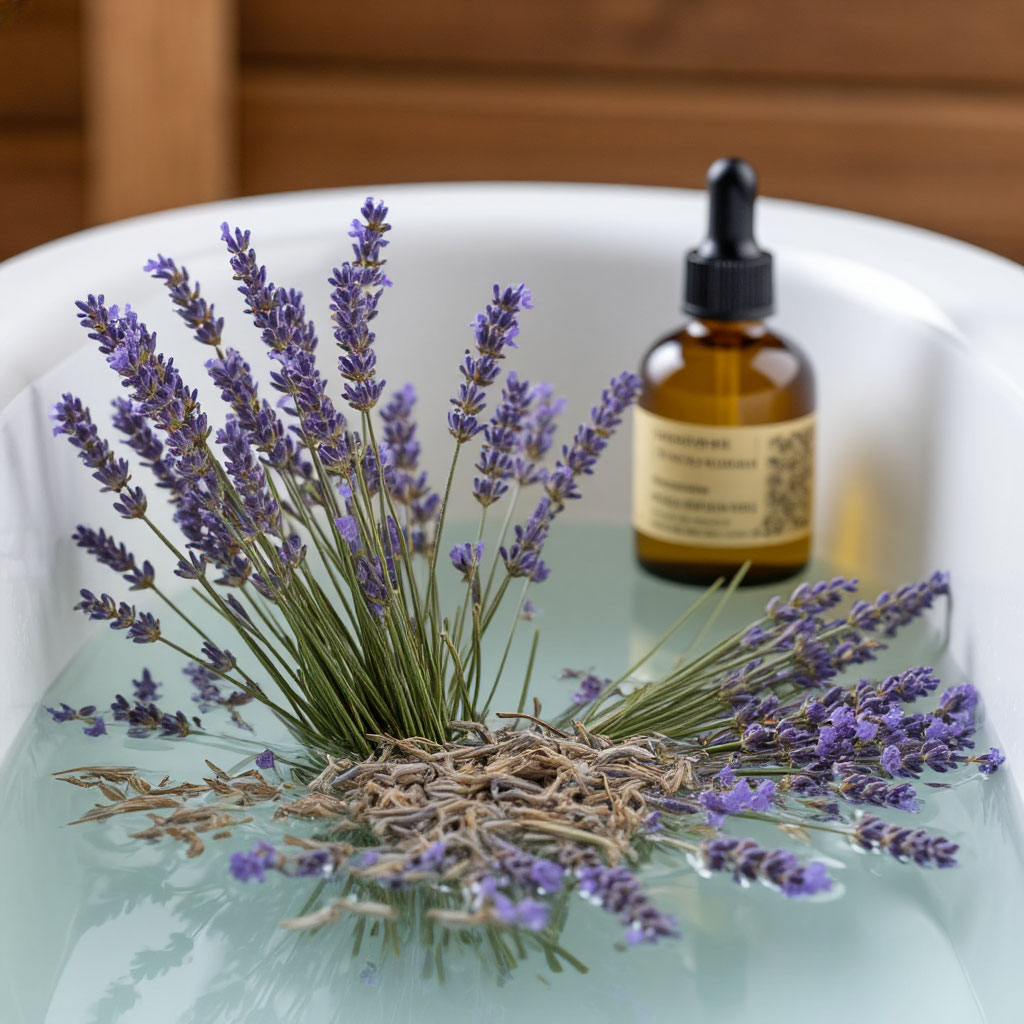
Morning energy boost
Citrus spa bath at home invigorates better than coffee. A mixture of 3 drops of orange and 2 drops of grapefruit oil dissolved in a glass of milk will give you a boost of energy. The water may be slightly cooler than usual – about 35 degrees. This option of aromatic baths is especially good in the off-season, when the body does not have enough sunlight.
Anti-stress mix
A special recipe has been created for deep relaxation:
- 2 drops of ylang-ylang oil;
- 2 drops of chamomile;
- 1 drop of vanilla.
As a base, use half a glass of sea salt. Such a bath for restoring mental balance helps to distract from disturbing thoughts and restore mental balance. The optimal treatment time is 20 minutes before bedtime.
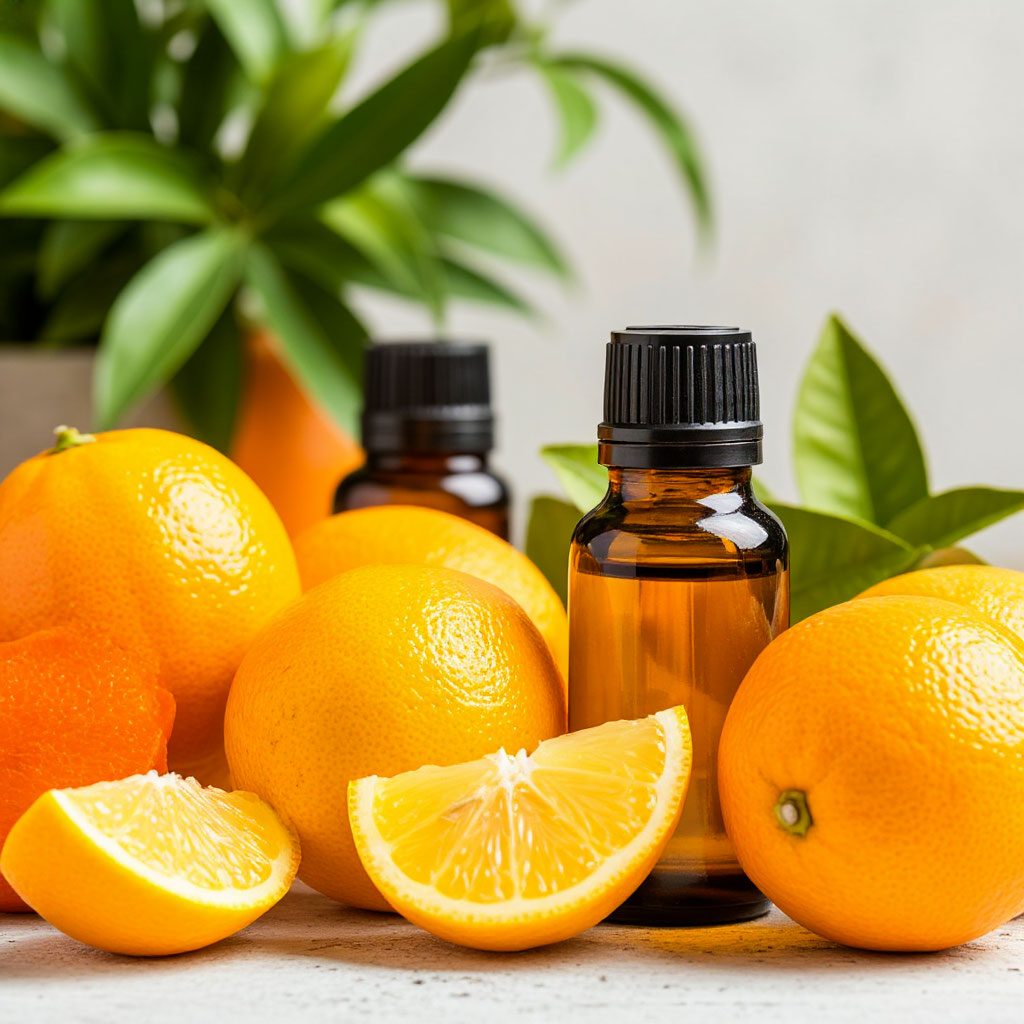
Detox composition
The cleansing version of aromatic baths includes juniper oil (3 drops) and lemon oil (2 drops). As a conductor, use 2 tablespoons of blue clay. The temperature can be increased to 38 degrees – this will increase sweating and elimination of toxins. After such a spa treatment, the skin becomes noticeably fresher, and the body feels light.
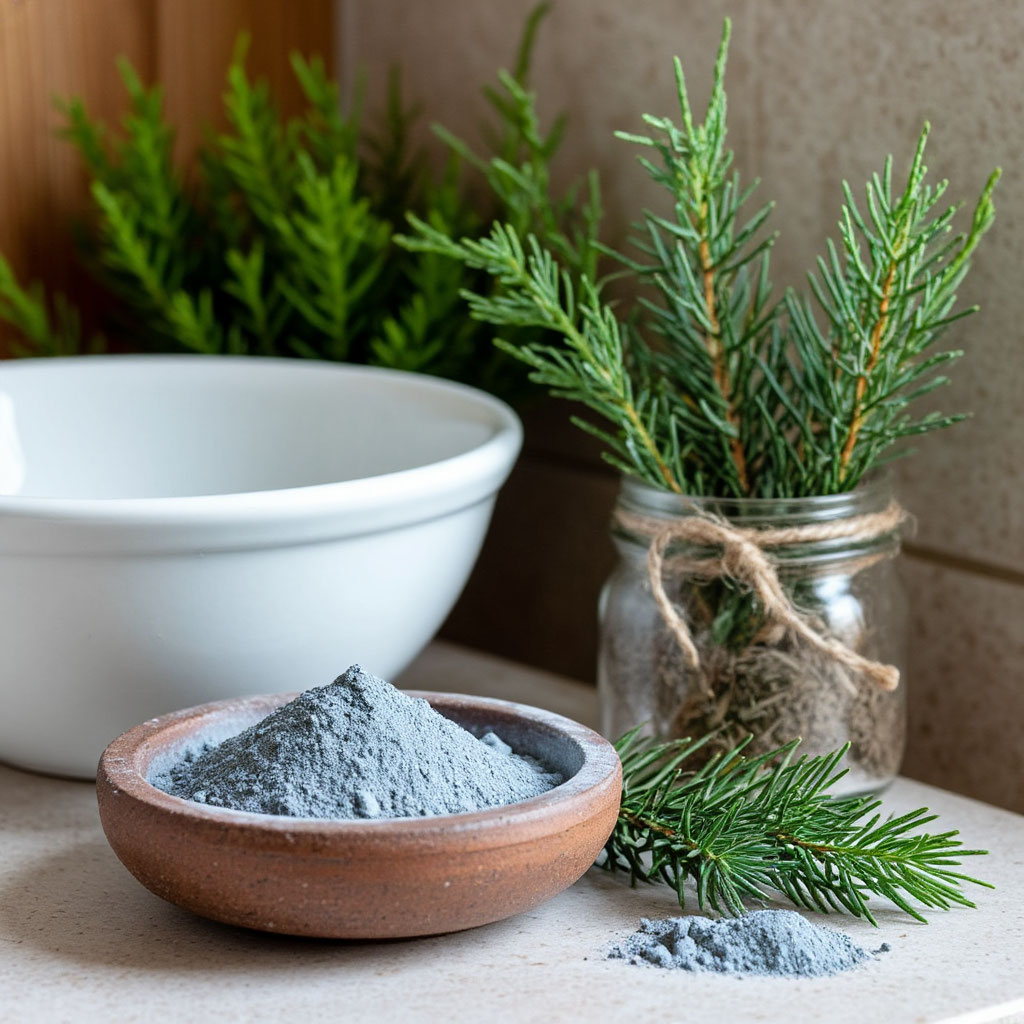
Luxury Skin Care
For a nourishing bath with essential oils, mix 3 drops of 2 drops of rose oil and 2 drops of sandalwood oil. The basis is half a cup of oatmeal, ground in a coffee grinder. This recipe is especially good for dry and age-related skin – after a few sessions, a healthy complexion appears, peeling decreases.
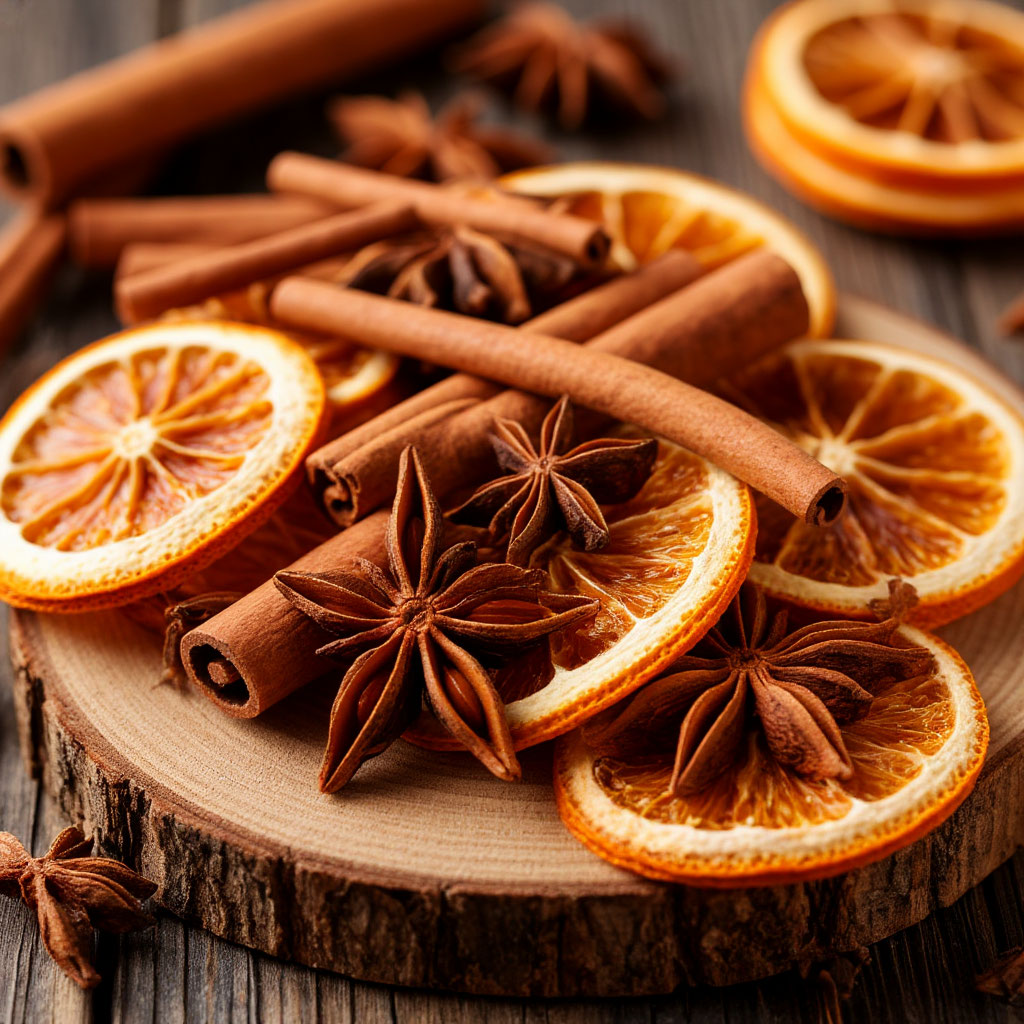
Winter warming option
In the cold season, a recovery bath with cinnamon (2 drops) and orange (3 drops) oils is especially pleasant. As an emulsifier, use a tablespoon of olive oil. Such a relaxing treatment not only warms up, but also creates a festive mood. The temperature can be made one degree higher than usual – about 38° C.
Mistakes to avoid
Beginners often make the common mistake of adding too many essential oils to scented baths. More than 5 to 7 drops per full bath can cause skin irritation or headache. Concentrated oils require careful handling – their power is revealed in minimal doses.
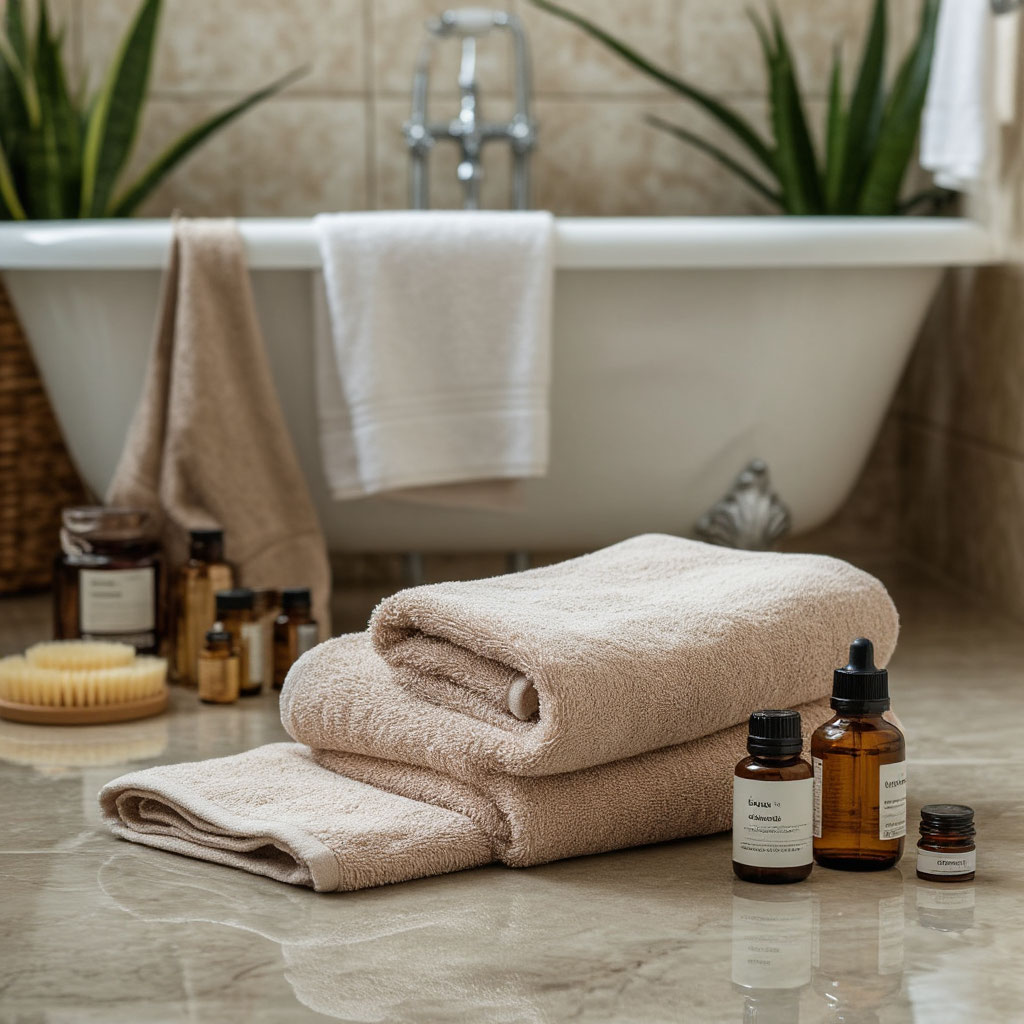
Neglect of emulsifiers
Direct addition of esters to water is a gross mistake. Oil droplets remain on the surface and can cause burns if they come into contact with the skin. For even distribution in the bath with essential oils, it is necessary to use a base: milk, honey, sea salt or vegetable oils.
Incorrect time selection
Relaxing treatments require proper timing. Too long exposure to hot water (more than 30 minutes) causes the skin to dry out. Short sessions of 5-10 minutes do not give a therapeutic effect. The optimal duration of a spa bath at home is 15-25 minutes.

Ignoring contraindications
Some people consider aromatic baths to be absolutely safe, but this is a misconception. Individual oils can be harmful if:
- pregnancy;
- hypertension;
- epilepsy;
- skin diseases.
A bath for recovery from illnesses requires special care – consult your doctor.
Mixing incompatible flavors
Not all essential oils are harmoniously combined with each other. Sharp woody notes can overwhelm delicate floral scents. Before creating complex compositions, check the compatibility of oils using special tables or start with proven recipes.

Carelessness in preparation
Many people underestimate the importance of preparing for the procedure. A cold bathroom, dirty surface of the bath, rush — all this interferes with full relaxation. Quality relaxation treatments require creating the right atmosphere and attention to detail.
Incorrect post-session care
Rinsing in the shower after a spa bath at home negates the entire effect of oils. Aggressive detergents destroy the created oil protective layer. After aromatic baths, it is enough to wet the skin with a towel, preserving the useful components on its surface.
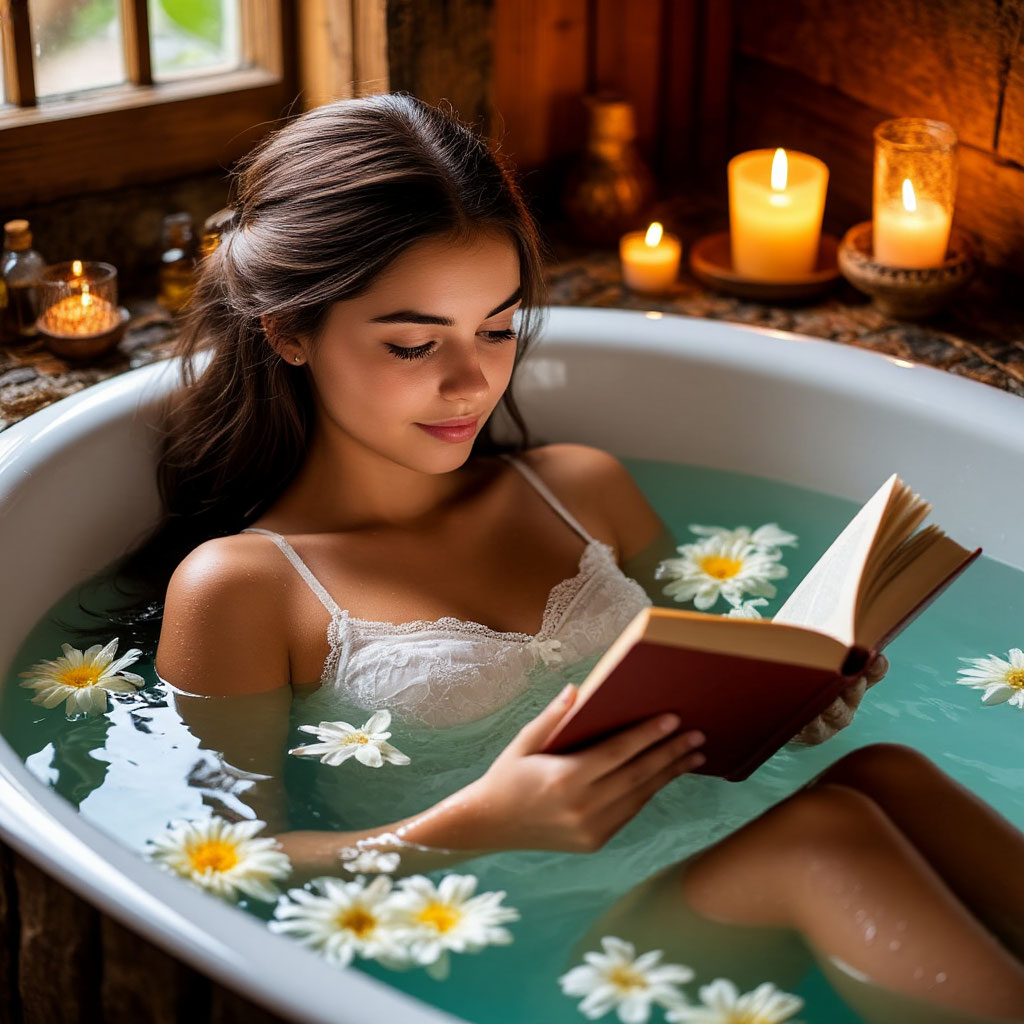
Aromatic baths are an easy and affordable way to turn an ordinary evening into a session of deep relaxation and self-care. Following the recommendations for choosing oils, preparing and performing the procedure, everyone can create a real spa ritual at home. Listen to your feelings and don’t be afraid to experiment with scents. Start with simple recipes, avoid common mistakes – and soon these magical moments of peace will become a favorite tradition, giving energy, beauty and peace of mind.
Soak smarter: keep water warm, not hot, disperse oils first, and build a calm routine that fits your evening.
Download the brochure (PDF): Beauty Club — Aroma Baths at Home


